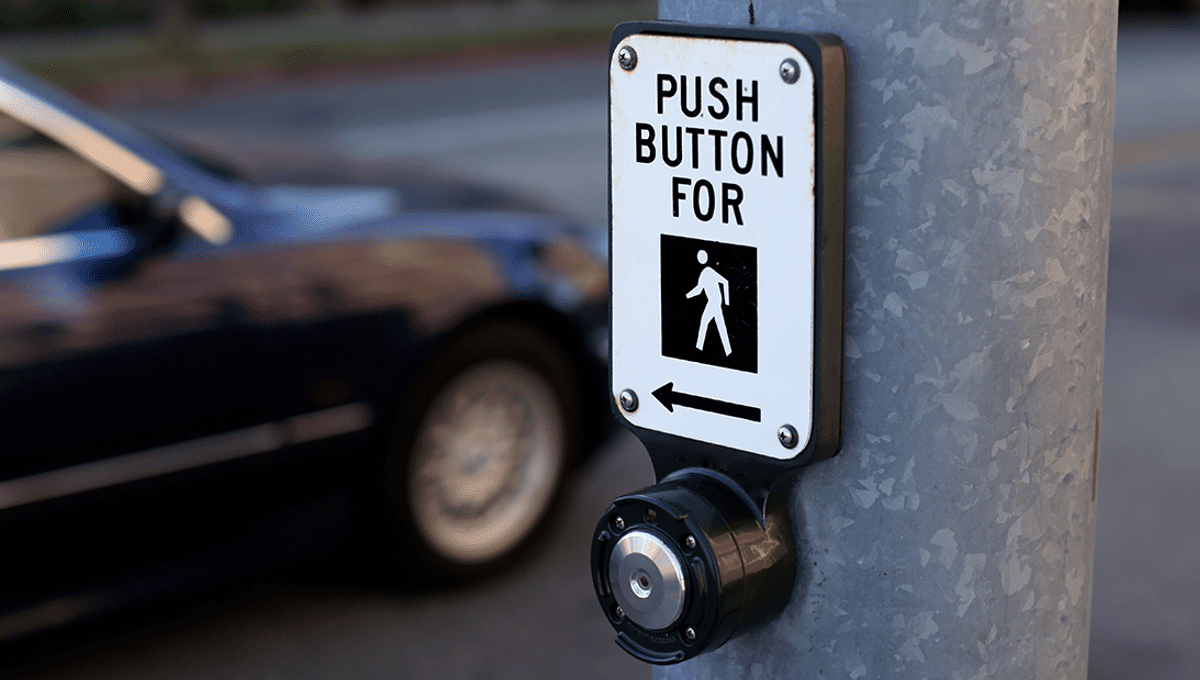
“In 1987, I was involved with the renovation of an office space in Rochester, N.Y., to make provisions for approximately 200 telemarketers’ cubicles,” Vaughn Langless recalled to investigators for Air Conditioning, Heating and Refrigeration News in 2003.
Part of the renovation involved installing new rooftop air-handling units, as well as heaters. All was well with the installation, but then the seasons changed from summer to fall, and his team became inundated with calls from unsatisfied employees with three bear syndrome.
“In the morning when it was cool outdoors, we would receive calls to raise the temp and then in the afternoon when the outdoor temp would rise, we would receive calls to lower the space temp,” Langless explained.
The team found a solution, essentially automating changes in temperature throughout the day by a few degrees to keep the majority of people satisfied. Nevertheless, some requests still came in, until they came up with a better solution.
“We mounted a ‘dummy stat’ adjacent to the ‘controlling stat’ and gave the floor manager the key to the stat – now the occupants could ‘control’ their space as they desired with the permission of their manager,” Langless told Air Conditioning, Heating and Refrigeration News.
“The dummy stat did nothing except to give the occupants the impression that they had control of the HVAC system and the psychological effect of having control of their work environment. Our service calls disappeared, and to my knowledge, that system is still set up and working as it has since 1987.”
This anecdote was far from alone. The website found via a survey of installers that 70 percent had placed fake thermostats during their work. Reasons for fitting the fake thermostats varied, but included everything from abuse of the thermostats by public visiting canteens, to stopping employees from warring over the temperature in areas where temperature-sensitive equipment will become damaged. In each case, rather than have no thermostat – or just one e.g. in a manager’s office – decision makers chose instead to have a fake thermostat installed, and give the public or employees the illusion of control.
Still, there’s nothing quite like being a child, running up to a road, pressing the crosswalk button, and feeling the raw power flow through you as the cars stop at your command. Or the equally-satisfying feeling of jamming at the close door button and watching the elevator doors shut in the face of a stranger.
Well, sorry to break it to you, but a lot of those buttons you’re pressing don’t actually do anything at all either.
What other buttons are lying to me?
Depending on where you are, pressing the walk button at a pedestrian crossing may not actually do anything. Pressing the button in New York lets the system know you want to cross and speeds up the changing of the lights accordingly. That is, if you happen to live in 1975. In the 1980s, most of these buttons were deactivated in favor of central control, but rather than go through the costly process of removing the inactive button, they were left there for people to press, absolutely pointlessly.
Pedestrian crosswalks across the US and the UK often work in the same way. There are still crossings out there where pressing it will affect the flow of traffic, and stop vehicles for you so that you can cross. For instance at standalone crossings in the middle of a street, rather than one placed at a junction.
However, there are many (for instance at most junctions in London) which will do nothing but make you feel better about your wait. To complicate things further, an investigation by Forbes found many traffic lights work depending on the time of day it is. Push the walk button during the day – when traffic is higher – and you will affect nothing. Push it at night and you can feel powerful again, for some actually will control the flow of traffic during the evening hours.
The same investigation found that, in Manchester, 40 percent of walk buttons during peak hours do not alter the lights, while in New Zealand you can jab at the button all you like with the knowledge that it will have zero effect on your day.
As for the close door button in elevators, the Americans with Disabilities Act of 1990 put a stop to those working entirely in the US, in order to ensure that the doors stay open long enough for people using walking aids or a wheelchair to enter.
So by all means press these buttons, they might even make you feel better. But most of the time, don’t expect them to work.
Source Link: Stop Pressing The Walk Buttons, Most Don't Actually Do Anything